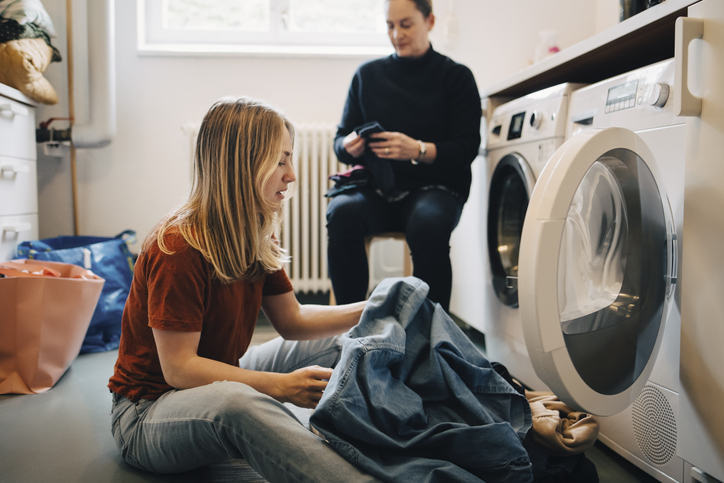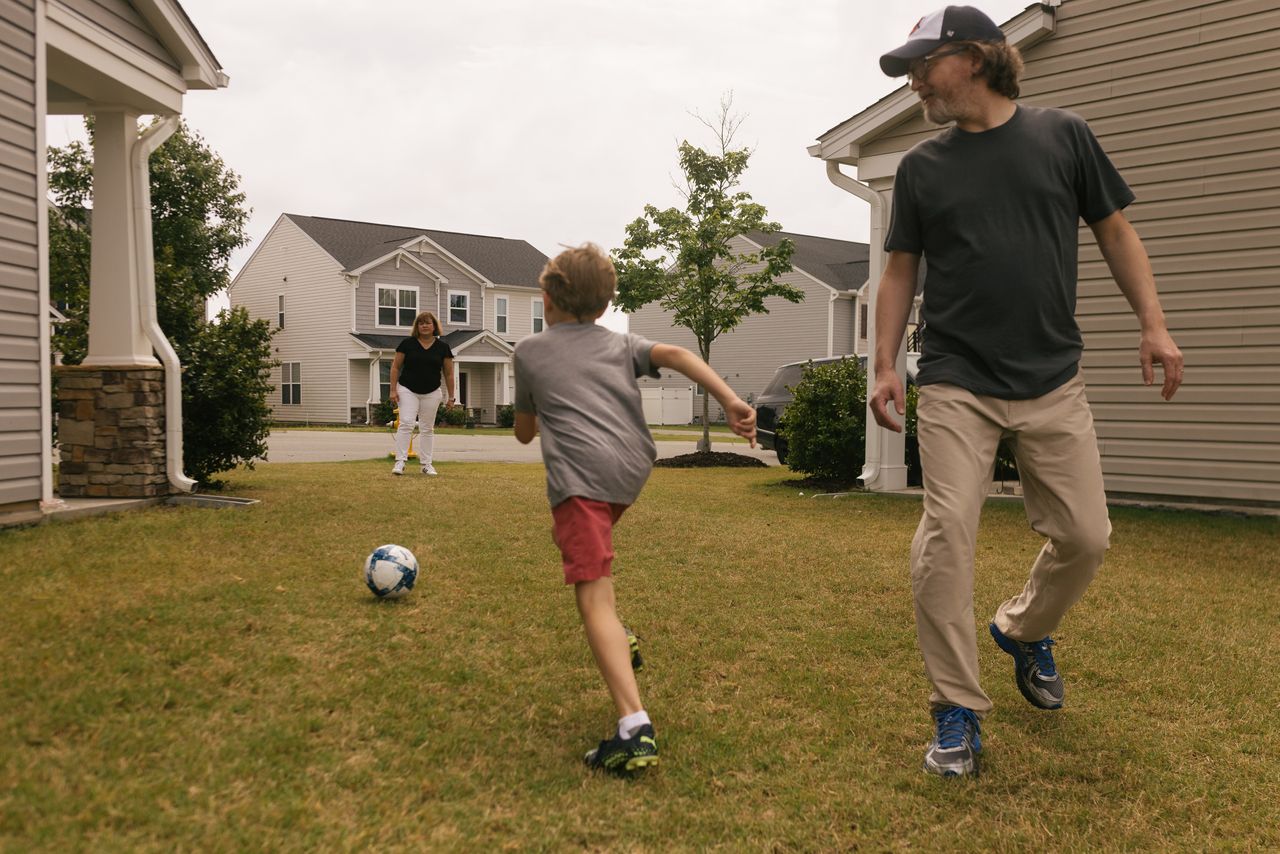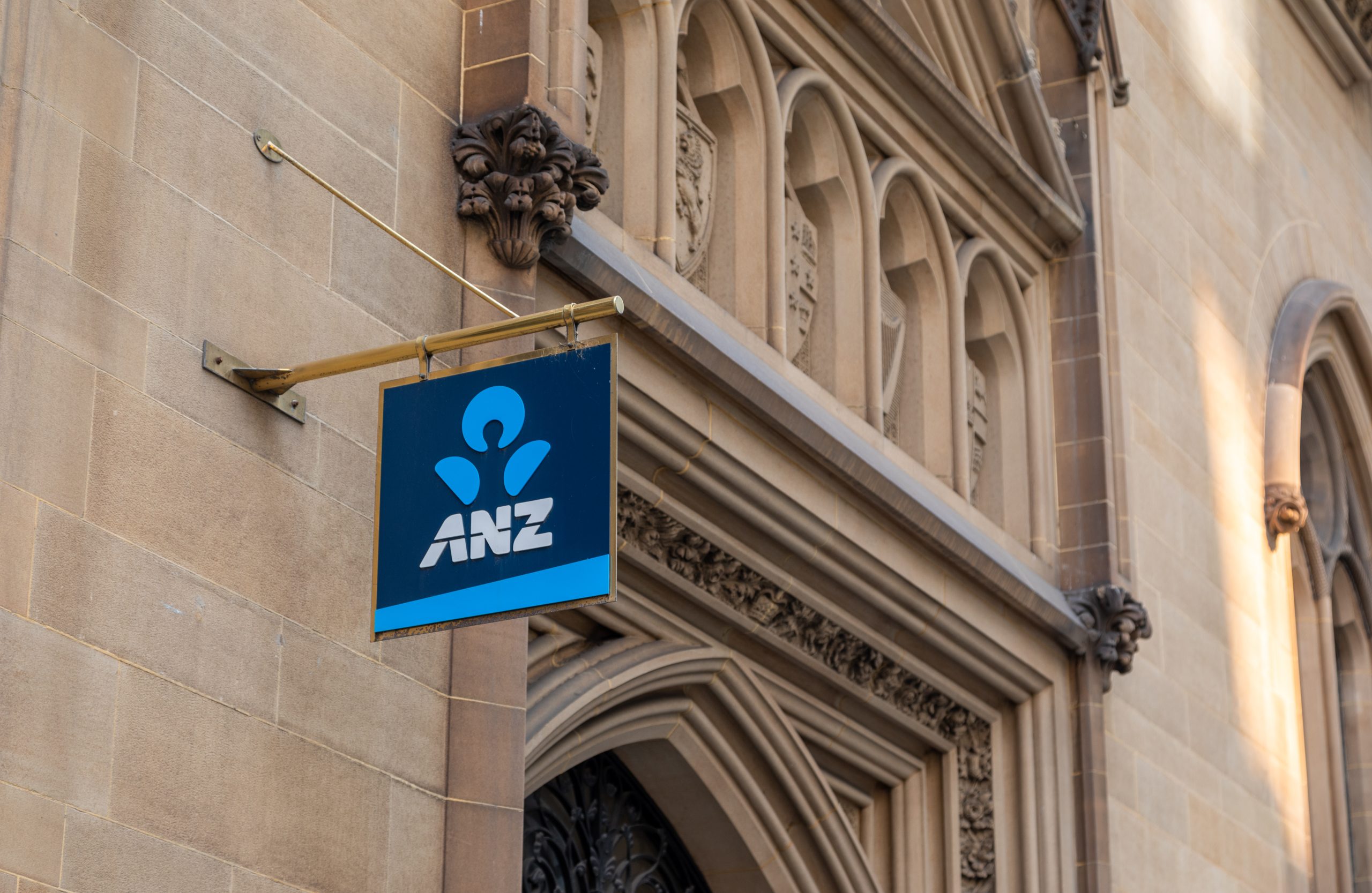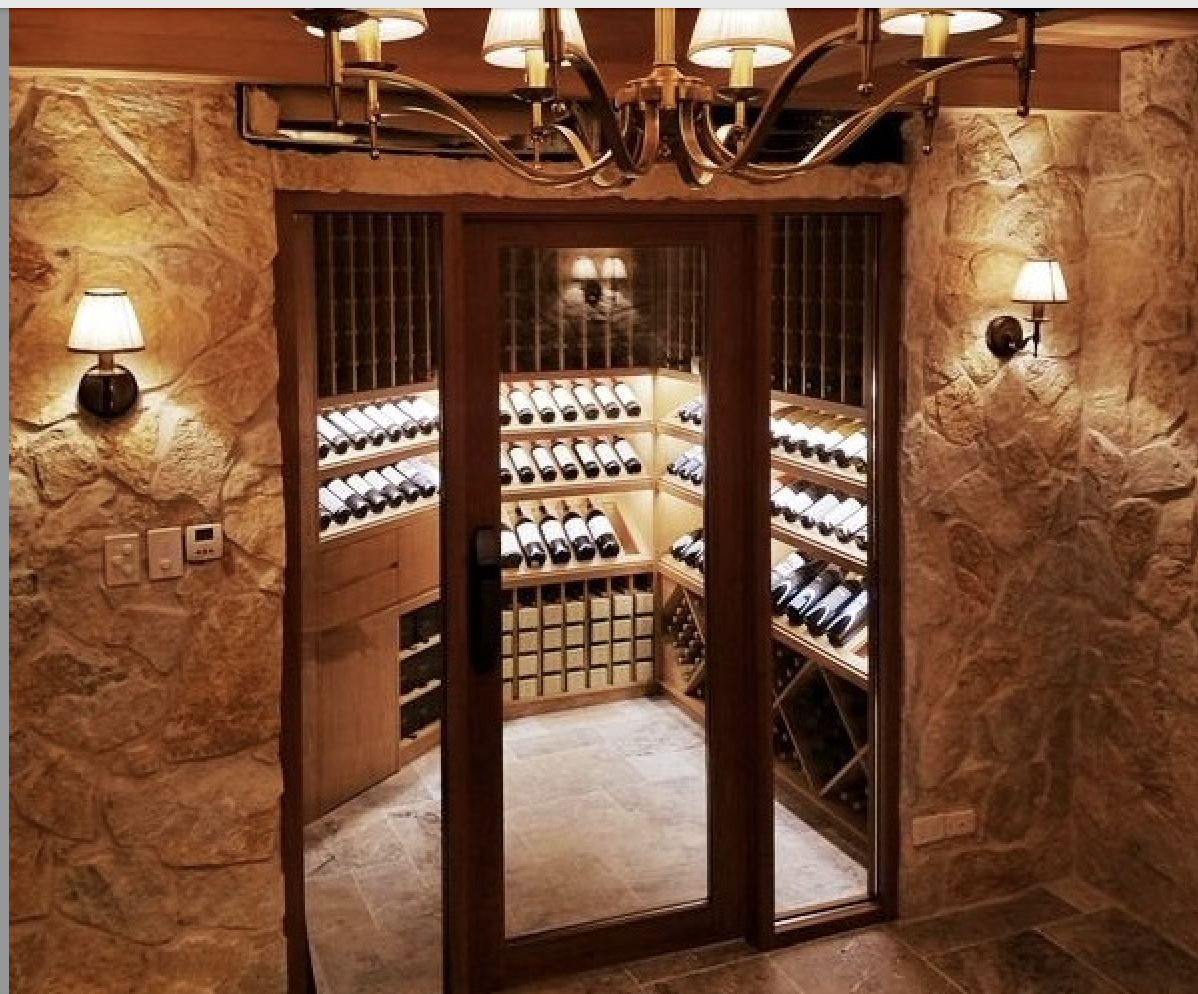The stay-at-home generation: More young Australians are living with their parents for longer
Housing affordability, higher rates of tertiary study and delayed marriage are likely drivers
A rising number of young Australians are remaining in the family home after finishing school, as economic and social factors drive them to delay independent living, according to new research. And they’re staying longer, with a marked increase in 20-somethings still living at home over the past two decades.
Just over 54 percent of young men and 47 percent of young women aged between 18 and 29 years are still living in the family home, according to the 18th annual report for the longitudinal Household, Income and Labour Dynamics in Australia (HILDA) Survey. The survey tracks the lives of 17,000 Australians and reports each year on various aspects of life, including health and education, household and family relationships, and income and work. The latest HILDA data was collected in 2021 during the pandemic.
HILDA Survey Co-Director, Professor Roger Wilkins from Melbourne University, said the trend of more young people remaining in the family home began in the early 2000s. He attributes it to a variety of social and economic elements.
“We’ve seen a rise in higher education participation, declining full-time employment opportunities for young people, a rising cost in housing, and a trend towards later marriage and family formation,” he said.
Over the past 20 years, the prevalence of young people living with their parents has been highest among those aged 18 to 21 years, which is unsurprising given these are the first few years of post-school adulthood when many young people are studying and unable to work full time. However, the data also shows that young people are living with mum and dad for longer periods — and well into their 20s.
Among 18 to 29-year-olds, the age category that has seen the most growth in young men living at home is 22 to 25 years. It’s up 12 percent from 42.1 percent in 2001 to 54.1 percent in 2021. Among women, the age category with the highest growth is 18 to 21 years, up 17.6 percent from 61.9 percent in 2001 to 79.5 percent in 2021. The age category with the second highest growth rate for both men and women is 26 to 29 years, up 9.9 percent for men and 11.6 percent for women since 2001.
Professor of Sociology and Social Policy at Melbourne University, Lyn Craig, said the trend has broad macroeconomic implications for Australia. “Since the mid-20-teens, fertility has fallen below replacement in Australia for the first time and I think that has something to do with the price of housing and young people not being able to afford to establish an independent household away from parents,” she said.
During the early 2000s when this trend began, the Australian housing market was in a boom and buying was difficult for young people to afford. Today, simply renting has become hard to afford, particularly following a 40 percent surge in rents nationally since the pandemic began.
While some young people are constrained by economic factors, others are likely delaying independence by choice, Professor Wilkins said.
“Some young people would like to start their adulthood journey and to have their own home but Australia’s economic conditions aren’t allowing that. On the positive side, as a richer society with longer life expectancy, perhaps some young people are making a rational and conscious choice to delay getting into the hard yakka of life. They decide to enjoy themselves and have some fun while they are still young.”
This stylish family home combines a classic palette and finishes with a flexible floorplan
Just 55 minutes from Sydney, make this your creative getaway located in the majestic Hawkesbury region.
While demand for affordable housing is attracting more Australians to fringe suburbs, some are seeing value in regional tourist hotspots
Australia’s population growth hot spots are mostly affordable property markets on the outskirts of major cities and in regional areas, according to an analysis by PropTrack. But homes may not remain affordable for long, with most of these areas recording above-average price growth over the past five years.
Australia’s population grew by 2.5 percent to 26.8 million people over the 12 months ending 30 September, according to the latest figures from the Australian Bureau of Statistics (ABS). This was an annual increase of 659,800 people, with migrants making up 83 percent of the increase.
REA economist Megan Lieu said home prices in Australia’s population growth hot spots are growing at an above-average pace due to strong buyer demand. However, median prices in the SA3 regions she analysed are still more affordable than their nearest capital cities or major regional cities.
Wyndham, on the western edge of Melbourne, recorded the strongest population growth over the past five years with almost 41,000 more people living there today compared to June 2018. In NSW, Blacktown–North in western Sydney had the highest growth with almost 36,000 new residents. In Queensland, Ormeau–Oxenford in the Gold Coast’s northern suburbs gained almost 28,000 new residents, with Ms Lieu noting it was a popular market with interstate and international migrants.
Ms Lieu said the worst housing affordability in three decades may be driving population growth in areas with lower median values.
“A potential factor contributing to this trend is that homes in a majority of these regions are generally priced lower than their broader greater capital city area (GCCSA),” Ms Lieu said. “This is evident when we look at the current median sale price of homes in these SA3s. Over 60 percent of them sold for less than the median in their respective city or regional area.”
Ms Lieu said other drivers of these areas’ strong population growth could be local councils zoning large swathes of land for home development.
“They tend to be in peripheries of cities where more new homes are being built relative to other areas. The increase in the supply of homes could be contributing to more competitive pricing.”
However, these competitive prices are attracting more demand than supply, leading to strong price growth. “All except four of the SA3 regions have experienced larger price growth in the past five years compared to their corresponding city or regional area,” Ms Lieu said.
The price growth differential is more than 20 percent in some regions, such as Rouse Hill-McGraths Hill in Sydney, Ormeau-Oxenford in Queensland and Fleurieu-Kangaroo Island in South Australia.
Median house prices have moved up dramatically in many of the individual suburbs within the SA3 population hot spots. For example, the median house price in the suburb of Ormeau on the Gold Coast in Queensland is $830,500, according to PropTrack data. It has risen 7.9 percent over the past 12 months and skyrocketed 68 percent over the past five years. The median house price in the suburb of Rouse Hill in north-west Sydney is $977,500, down 2.5 percent over the past year but up 30 percent over five years. The median price in the Melbourne outskirts suburb of Wyndham Vale is $585,000, up 2.5 percent over the past year and 26 percent over five years.
Another factor driving strong price growth may be the increasing lifestyle appeal of these particular areas over the past five years. For example, Ormeau is close to Westfield Coomera, which opened in 2018, and has benefitted from numerous M1 road upgrades between Brisbane and the Gold Coast. Rouse Hill has its own station on the Sydney Metro Northwest rail line, which began running in 2019.
Ms Lieu said it was likely that more Australians would seek cheaper homes in city outskirts areas and the regions as property values continue to grow amid a continued forecast housing undersupply.
“With supply unable to meet continued strong housing demand, home prices may experience further upward pressure,” Ms Lieu said.
Top 3 areas for highest population growth over 5 years
NSW
Blacktown–North, Sydney 36,233 (new residents since 2018)
Bringelly-Green Valley, Sydney 27,741
Rouse Hill-McGraths Hill, Sydney 21,821
VICTORIA
Wyndham, Melbourne 40,833
Melton-Bacchus Marsh, Melbourne 35,818
Casey-South, Melbourne 33,191
QUEENSLAND
Ormeau-Oxenford, Gold Coast 27,719
Brisbane Inner, Brisbane 16,465
Springfield-Redbank, Ipswich 15,326
SOUTH AUSTRALIA
Playford, Adelaide 6,997
Charles Sturt, Adelaide 6,410
Fleurieu-Kangaroo Island, regional South Australia 5,504
WESTERN AUSTRALIA
Swan, Perth 16,959
Wanneroo, Perth 14,885
Mandurah, regional Western Australia 11,156
TASMANIA
Hobart-North East, Hobart 2,723
Devonport, regional Tasmania 1,926
North East, Launceston-North East 1,728
Source: PropTrack, SA3 regions with highest population growth over 5 years
Consumers are going to gravitate toward applications powered by the buzzy new technology, analyst Michael Wolf predicts
This stylish family home combines a classic palette and finishes with a flexible floorplan



















